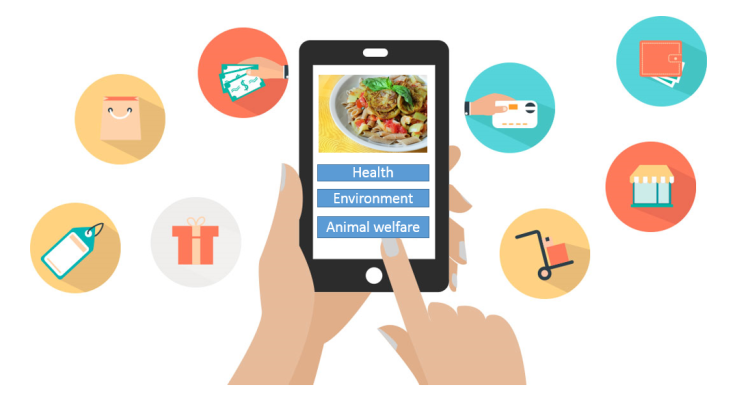
Project
Food App of the Future
The production, consumption and disposal of the food have major impacts on the environment and increase the competition of using scarce resources. Given the fact that the future demand for food is going to further increase, the aforementioned issues are likely to worsen. The current food system is highly in need of transitions towards a sustainable and resource-efficient paradigm. The stakeholders of the food system need to collaborate and synergize to make this transition successful. The role of consumers, as one of the key stakeholders, is not negligible in those transitions. Food industries, governments, therefore should co-design innovative solutions (e.g. protein transition, closing P cycles) with consumers and make sure that those innovations are trusted and accepted by consumers.
With the rapid development of IT technologies and infrastructures, Apps have been widely used by consumers in their food practices such as dining out, shopping for food, communicate their food practices with social networks, etc. Food-App of the Future is therefore selected as an instrument that can allow consumers being actively involved. Thinking from the consumers’ perspective, the Food-App of Future will be constructed with different food practices. The added value of the Food-App of the Future is that it can bridge the gap between the science based knowledge and industrial innovations from those food transitions and consumers’ food practices. Consumers are guided by concrete directions and clues on how to innovate their current food practices to fit those food transitions. Through the Food-App of future, the innovations developed by industries, NGO’s and scientific researchers can be validated.
This project belongs to Wageningen Strategic Theme “Resource Use Efficiency” and is located under the theme of RUE Indicator Sets and Assessment Platforms, nevertheless it is also closely linked to other subthemes on biorefinery, protein transition and phosphorus cycle closure. Consumers involvement in the design of innovations under those subthemes are vital for the final success of the implementation. Collaborations can be expected from e.g. co-designing the case studies to test the new innovations.